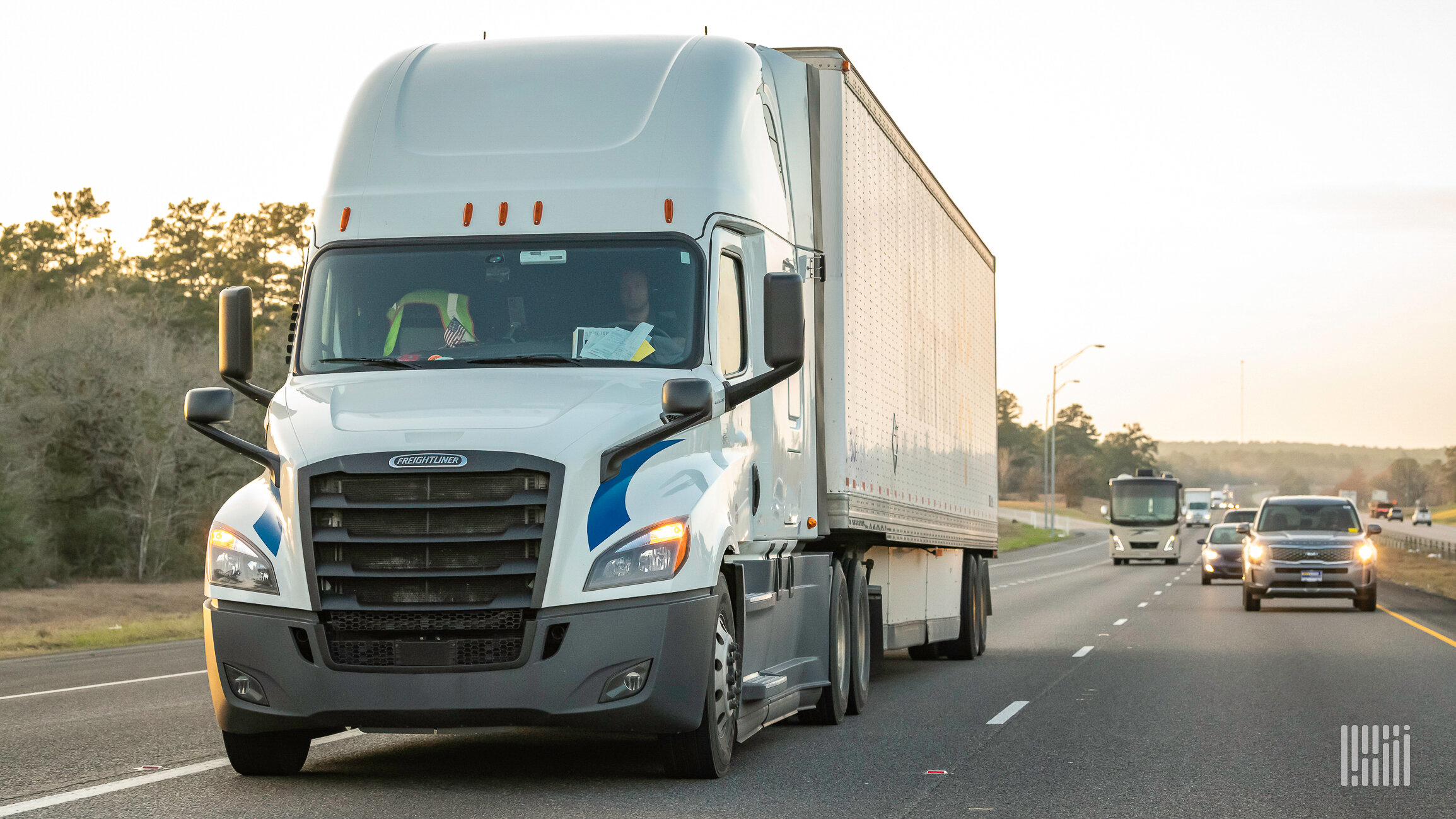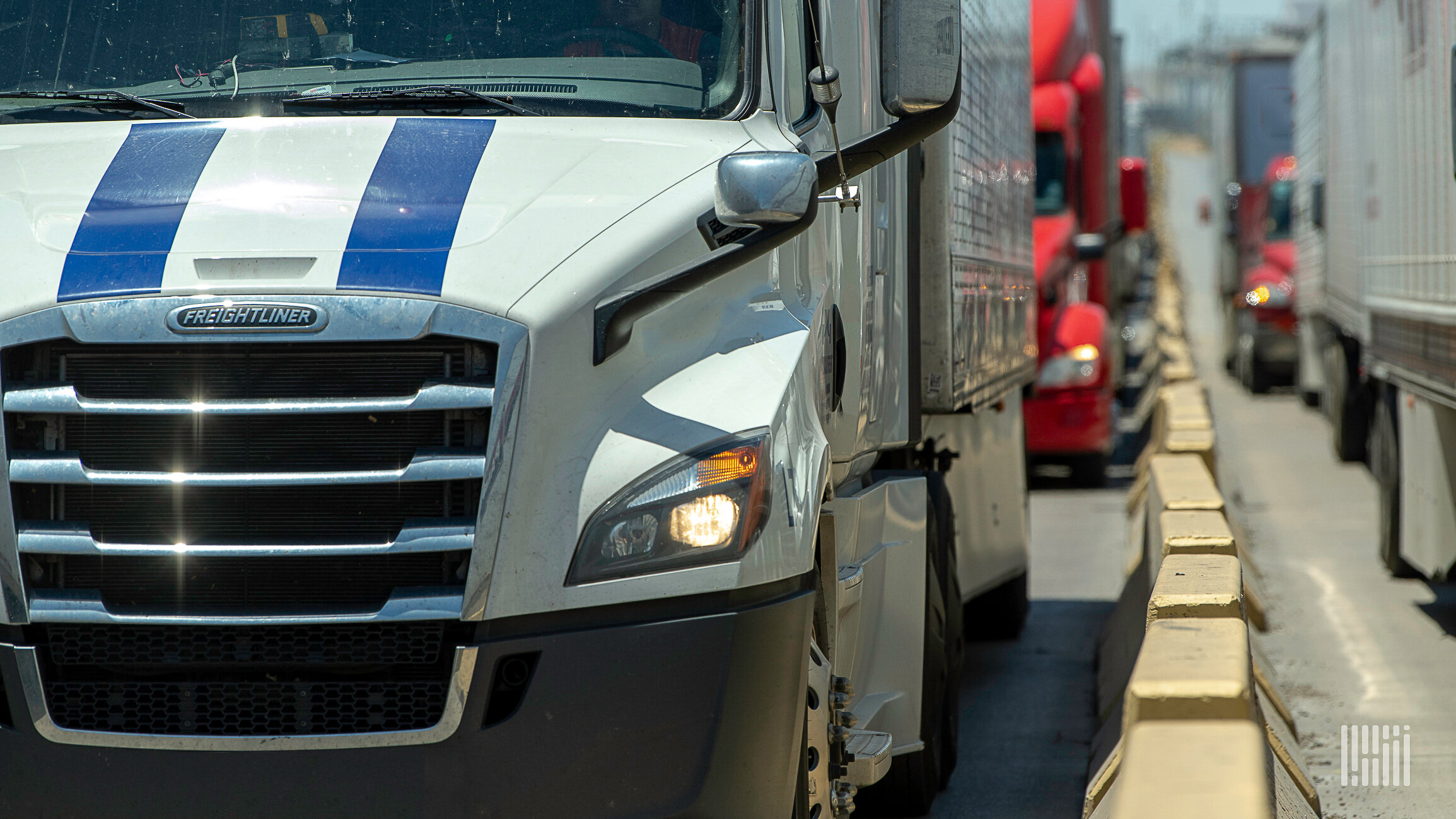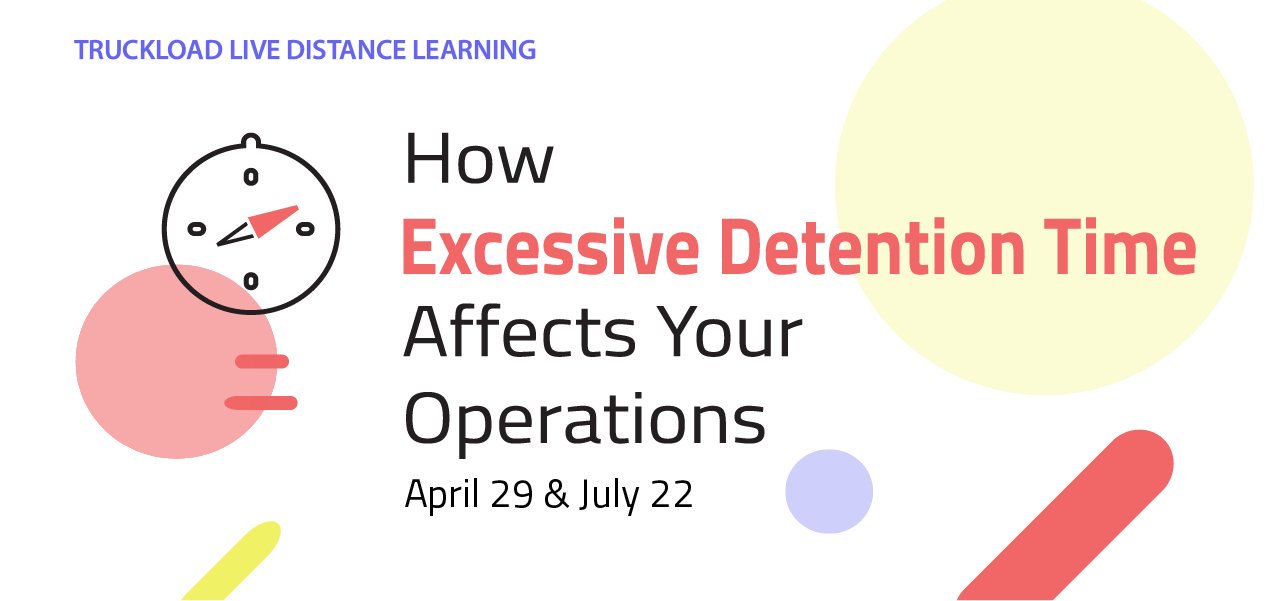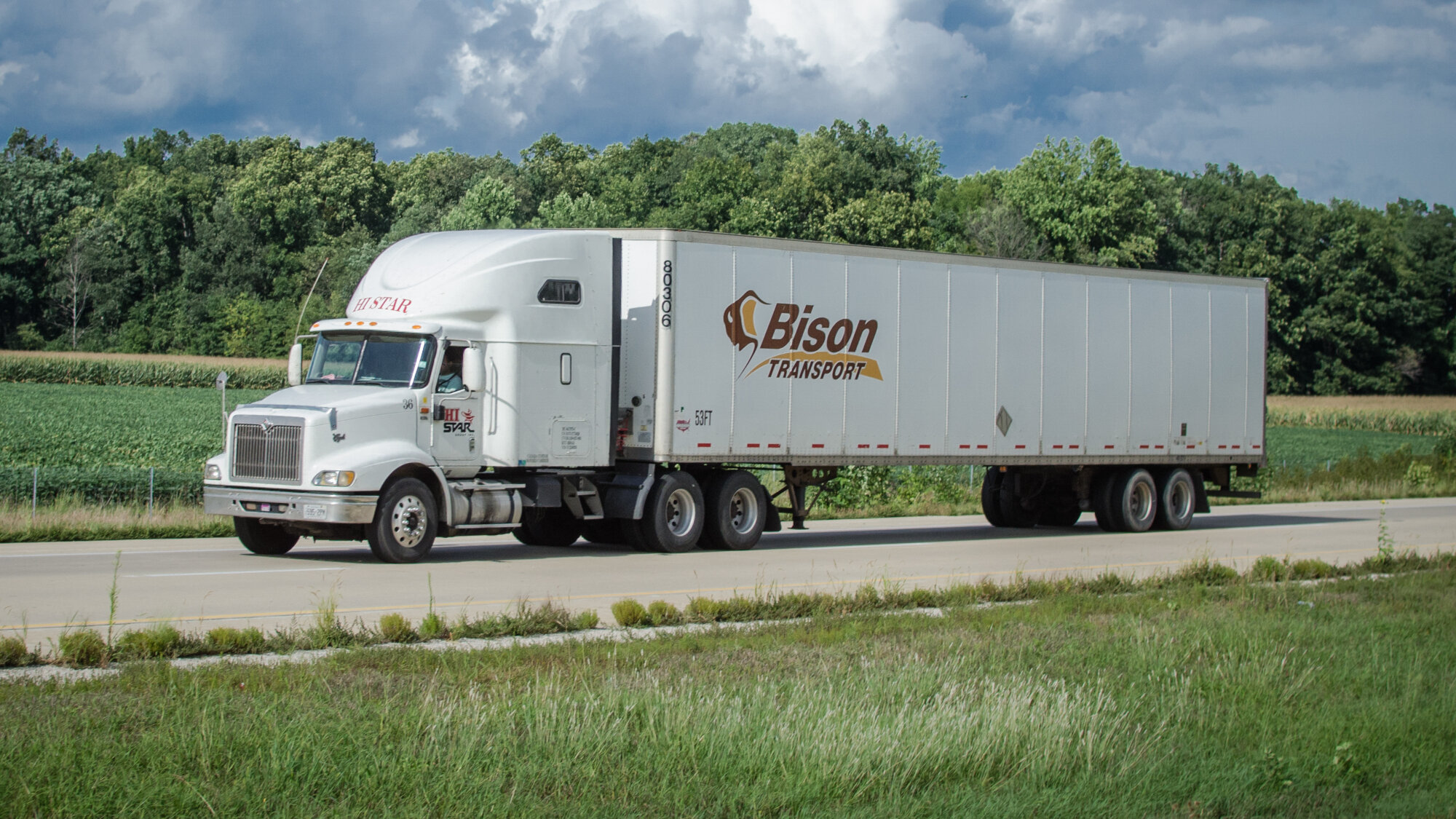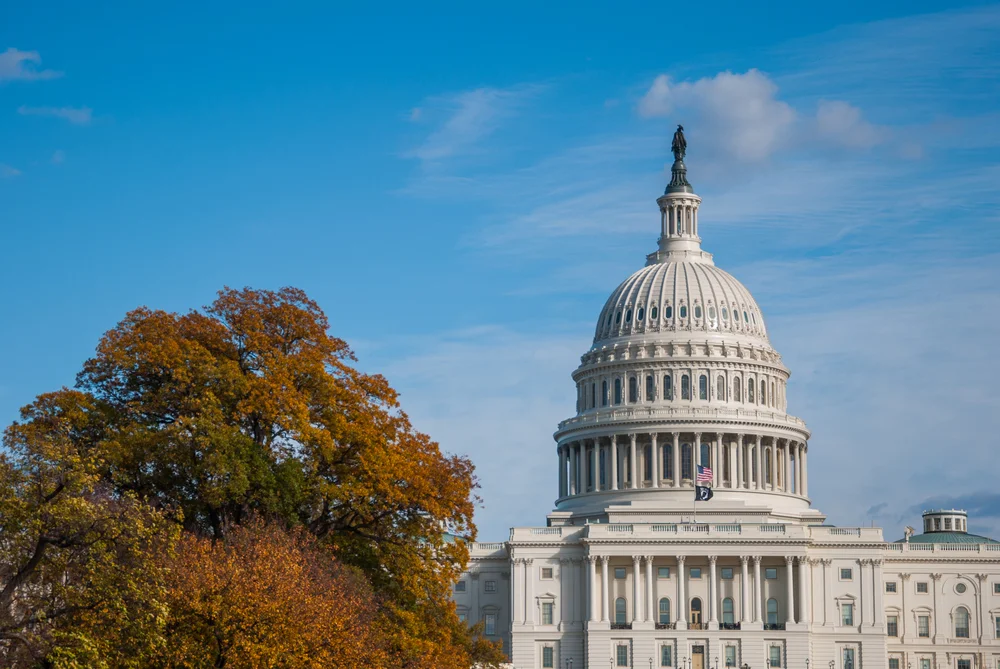
Washington is abuzz over a renewed push on both sides of the political aisle to advance large-scale infrastructure legislation. Both House Republicans and Democrats have released infrastructure plans to correspond with the renewal of the FAST Act in 2020.
House Transportation & Infrastructure (T&I) Committee Ranking Member Sam Graves (R-MO-6) and Subcommittee on Highways and Transit Ranking Member Rodney Davis (R-IL-13) released their infrastructure principles list on January 28. Among the priorities listed are incorporating technology to improve our infrastructure, streamlining the project delivery process to maximize available funding, and addressing the infrastructure needs of America’s rural communities. While these issues are all meaningful, the number one priority on the Republican list is addressing the long-term sustainability of the Highway Trust Fund.
The Democrats’ plan, put forward on January 29, calls for $760 billion to be spent over five years on initiatives including bringing existing infrastructure up to a state of good repair, reducing dependence on fossil fuels and curtailing carbon pollution, and ensuring a transportation system that is green and provides access to jobs. While no specific pay-fors were outlined in the plan, it did mention the need for a multi-year national pilot program to test the viability of new transportation user fees. This includes the vehicle-miles traveled (VMT) tax. Republicans also touted a VMT system by highlighting a new report from the state of Washington that recommends beginning the transition to this revenue collecting option.
TCA is also chiefly concerned with the stability of the Highway Trust Fund. No plan advanced by Congress will be successful in maintaining and improving our nation’s network of highways and bridges without a sustainable funding source.
TCA fully supports increasing the existing fuel tax and indexing it to inflation moving forward. We recently sent a letter outlining the numerous benefits of this taxation method to the House Ways & Means Committee – the body which will make the hard decisions on infrastructure pay-fors – in advance of its hearing, “Paving the Way for Funding and Financing Infrastructure Investments.”
While raising the federal fuel tax may be the preferred financing method of the trucking industry and some individual Democratic leaders, such as T&I Committee Chairman Peter DeFazio (D-OR-4), that support is likely not enough to ensure Congress won’t resort to a different, less desirable method, such as the VMT.
The VMT was not heavily discussed at the recent Ways & Means Committee hearing, which could be interpreted as a good sign for fuel tax supporters. But as more electric vehicles proliferate our roadways, and as both heavy-duty trucks and passenger vehicles become increasingly fuel efficient, we must see the writing on the wall that other funding sources should be developed. We must find a mechanism to account for potential miles traveled without visiting a gas pump. TCA has many concerns about turning to a VMT at this time, but we encourage Congress and the wider industry to start the process of overcoming these obstacles. We need answers to the questions that remain about the VMT and other funding sources which, today, cannot be masqueraded as viable alternatives to the fuel tax.












